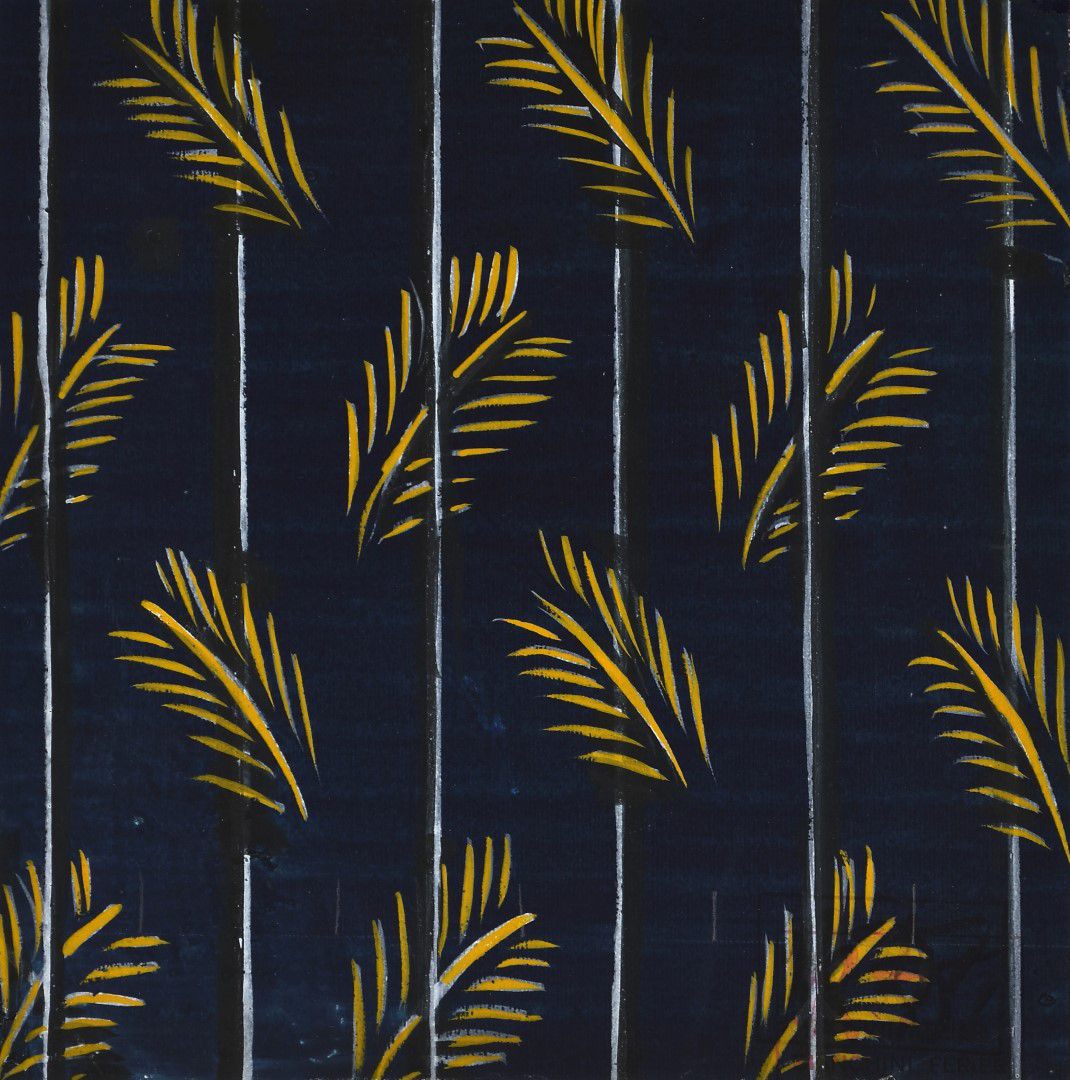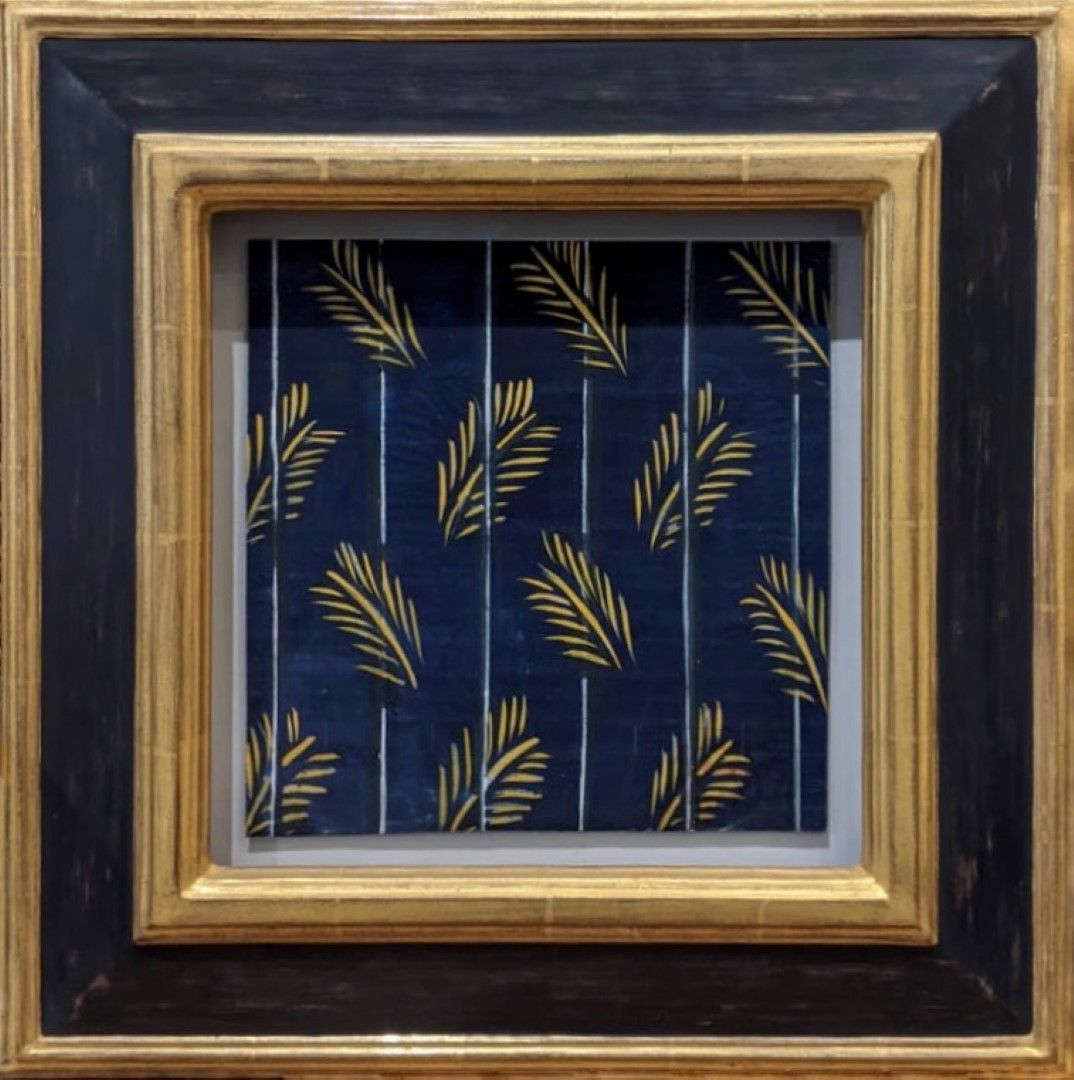Dufy – Yellow Corn Ears on Blue Background
Raoul Dufy
(1877 Le Havre – 1953 Forcalquier)
YELLOW CORN EARS ON BLUE BACKGROUND
(FABRIC DESIGN FOR BIANCHINI-FERIER)
Painted in the 1920s
Gouache on paper
21 x 21 cm
Monogrammed and inscribed lower right: RD (Raoul Dufy) Bianchini-Férier
Provenance:
Collection of the Bianchini-Férier Manufactory, Lyon
Expertise by Fanny Guillon-Laffaille, Paris
Raoul Dufy’s works appear poetic, charming, lively and always light and effortless. Only those who know how difficult it is to achieve lightness can truly appreciate his achievement. Born into one of the most exciting periods in art history, as a young artist he was faced with the task of choosing the right path for himself from a multitude of possibilities and finding his own style. A student of Boudin and the Impressionists, he initially became one of the leading Fauvists. In 1909, his preoccupation with Cézanne and Cubism briefly drove the bright colours out of his paintings, plunging his career into crisis. To earn money, he illustrated books by poet friends such as Guillaume Apollinaire’s ‘Bestiaire ou le Cortege d’Orphée’, which caught the attention of Paul Poiret. The fashion designer recognised the modernity of the woodcuts and, above all, their suitability for avant-garde fabric printing. Dufy also liked the idea, as Poiret gave him artistic freedom, and so a 20-year friendship and collaboration developed, which proved to be an ideal testing ground for Dufy’s art.
For a year, the two printed silk, brocade and velvet with motifs designed by Dufy in their own studio, ‘La Petite Usine’, at 141 Boulevard de Clichy in Paris, elevating simple fabric printing to the status of a luxury product. After that, the Lyon silk weaving mill Bianchini-Férier recruited Dufy. The repertoire of motifs – regattas, seascapes, horse races, flora and fauna, etc. – would also determine Dufy’s painterly oeuvre in the future. The technical limitations imposed on him by fabric printing led him to fundamental artistic insights: he separated colour and drawing, discovered that colour can be equivalent to light, arranged colours according to their light content and designed his own code of symbols – Poiret called it an ‘alphabet’ – for plants, water, earth, clouds, buildings, ships, animals and figures. In general, he returned to colour, joy and light-heartedness.

